The money map
What is, and what are the characteristics of Money?
The videos. Full text booklet to download.
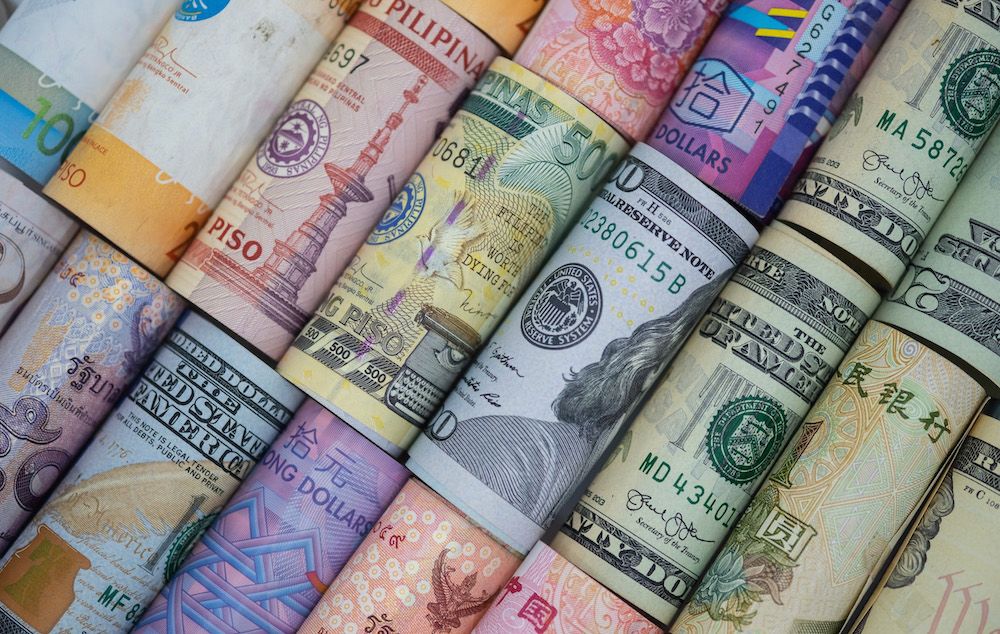
Money rules the world, so the saying goes. It permeates almost all areas of our lives and shapes our everyday thoughts and actions. But why is that? How did it come about? And anyway, what exactly is this money? This reading gets to the bottom of the big questions about money and its impact, and provides a fun introduction to the topic for anyone interested.
What awaits you?
Anyone who traces the phenomenon of money can approach it from many directions. To help you find your way around, we have developed the Money Map. It is divided into seven areas and takes you from the obvious, such as money and material, time and power, to the abstract, such as society and thought. Explore the texts and accompanying videos or click through the interactive brochure "Money:Critical."
The learning objectives
- You get an easy introduction to the complex topic of money.
- You approach the phenomenon of money in a playful way through familiar areas.
- You learn exciting aspects about the nature and effect of money.
- You will find ideas for your own thoughts.
Who is behind it?
The MoneyMuseum in Zurich is responsible for the content. We do exactly what one supposedly shouldn't do according to the well-known saying: talk about money. Some time ago, for example, we set up a roundtable to discuss money with people from academia and practice.
The texts as well as the scripts for the videos were created by Eske Bockelmann, book author and lecturer for Latin and Greek in Chemnitz.
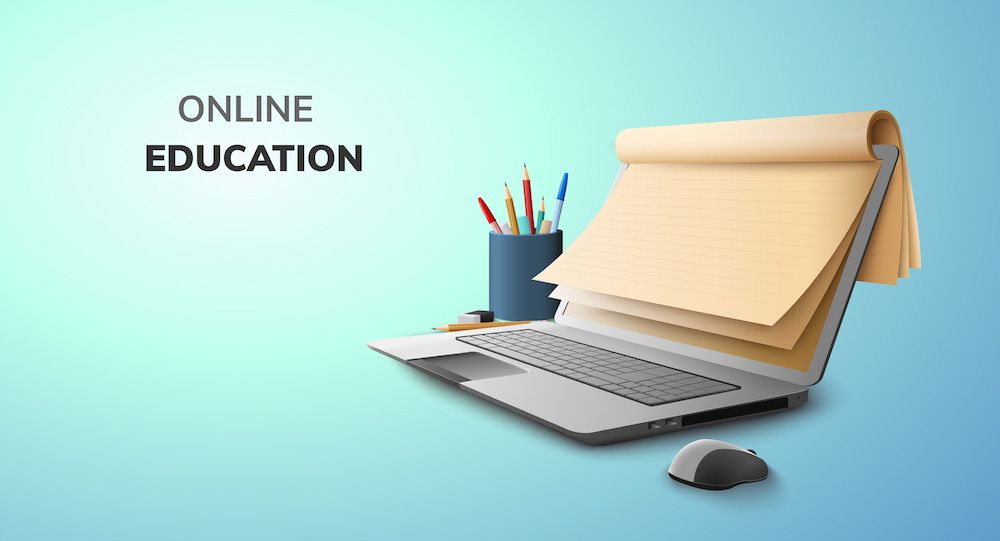
The MoneyMuseum set up a discussion group many years ago to discuss the topic of money. They usually met twice a year over a long weekend to examine the topic from many angles.
Everyone had a different opinion. In our discussions, it proved helpful to use a kind of map. We divided the topic into seven areas. For example, money has something to do with material, there used to be coins made of gold and silver; or with power, also with identity and society, even with time. Eske Bockelmann, the literary man among us, took on the task of putting the views down on paper. Not as a protocol, but as a note. Eske Bockelmann had already spent years studying the effect of money on our thinking and was predestined for this task.
The money map
His notes have given rise to the following seven sections, each with three videos. I will guide you through the thicket of discussions, from station to station. You will see a panorama on the basis of which you can easily orient yourself in any discussion about money.
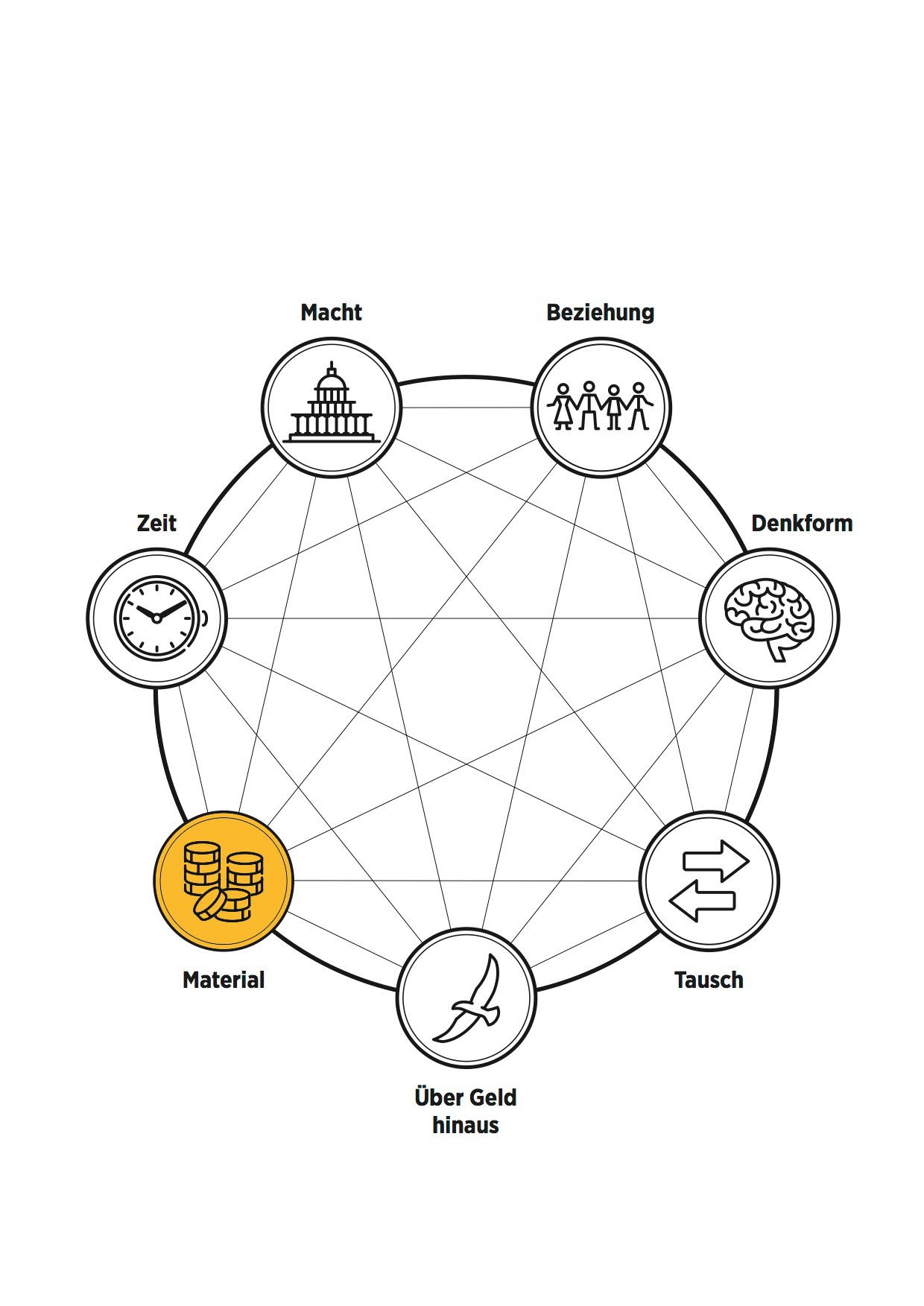

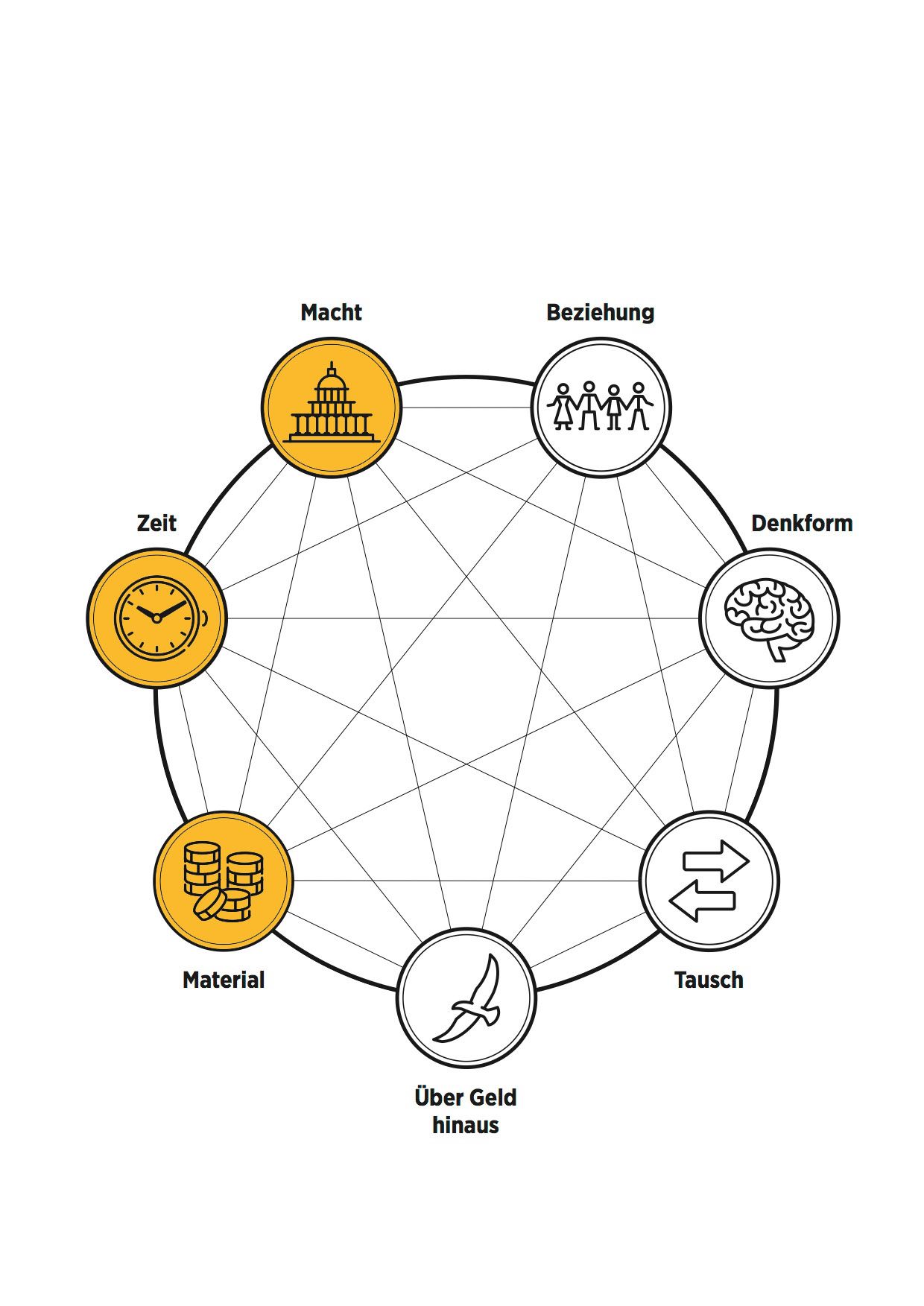
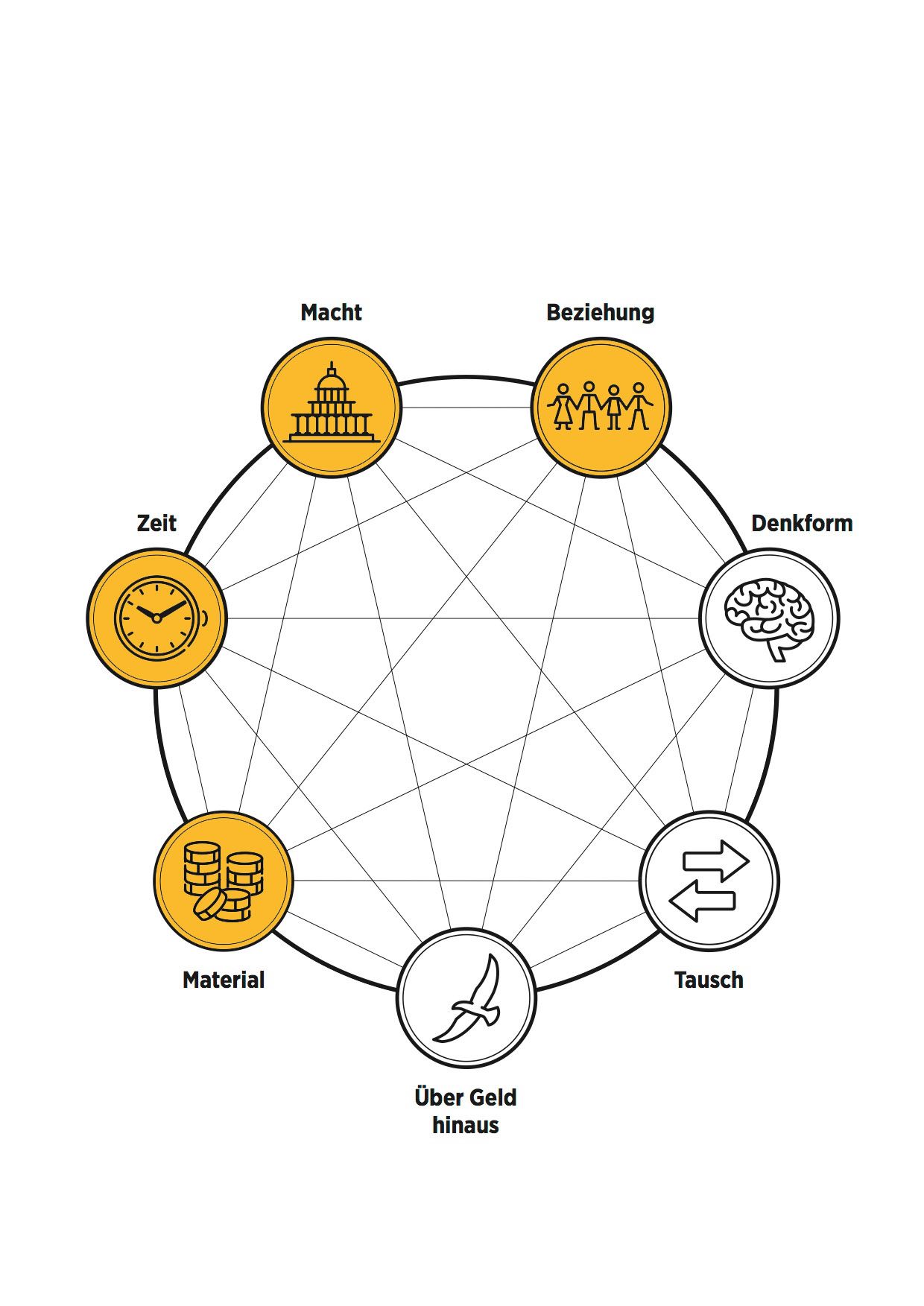
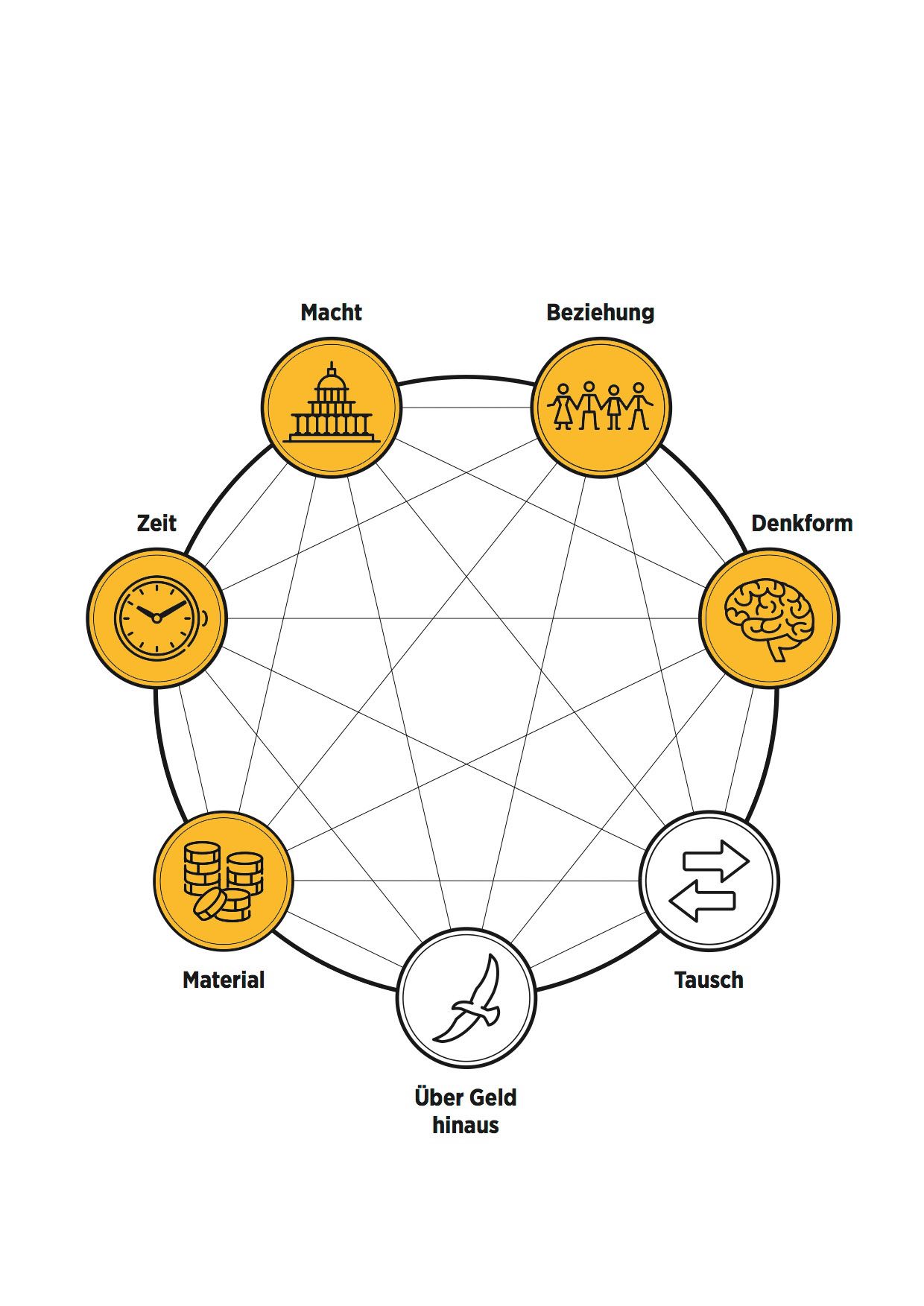
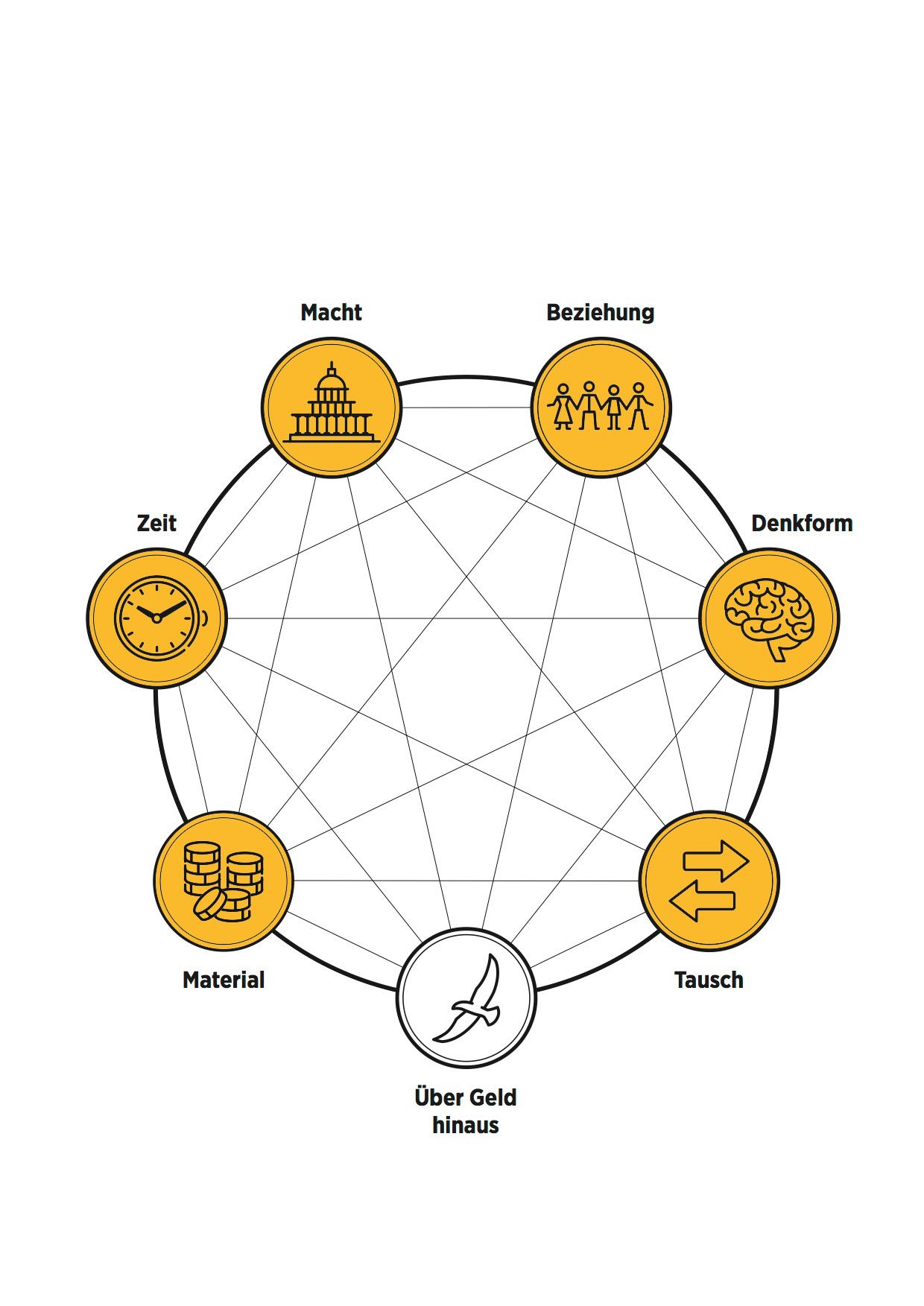
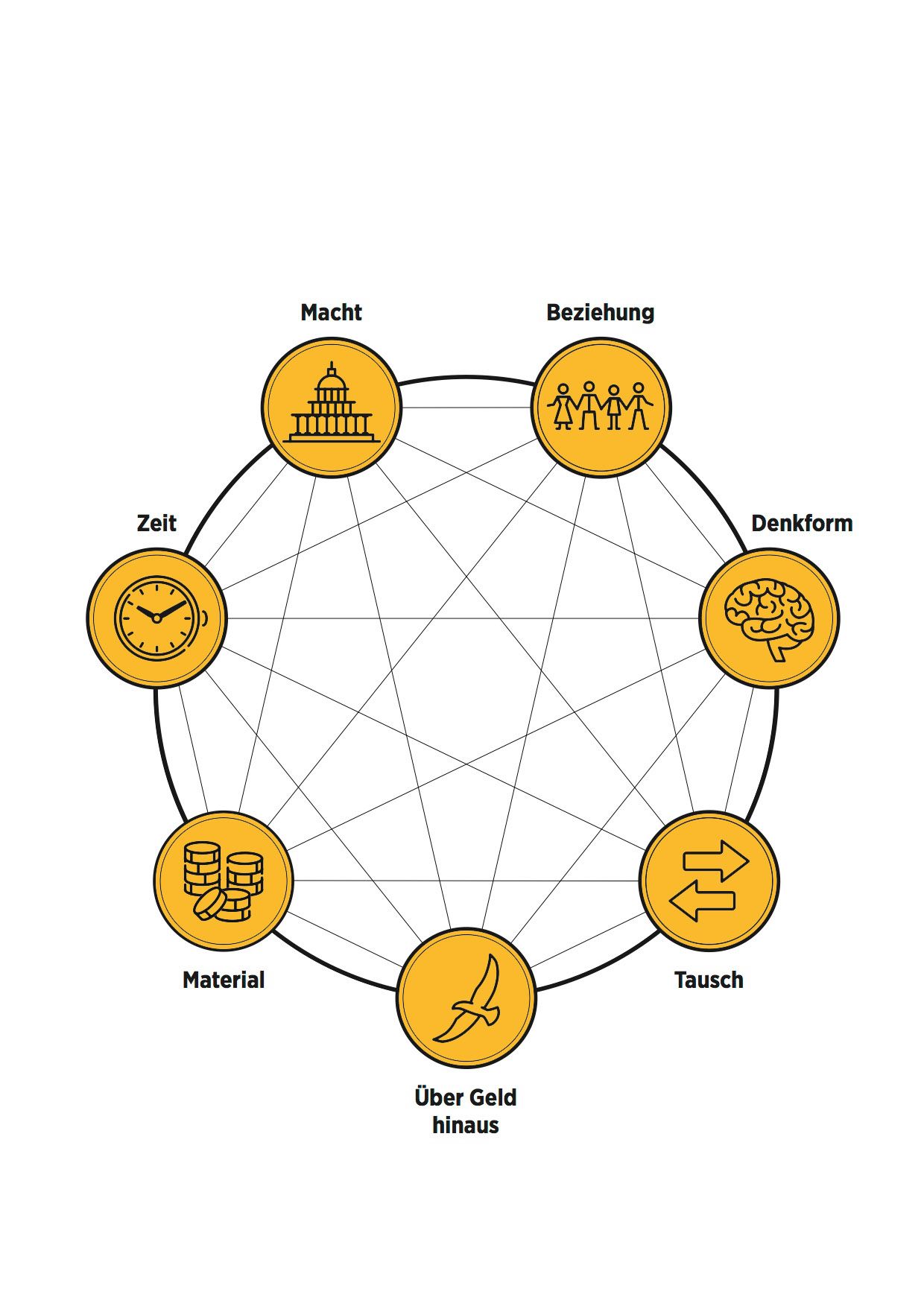
Money and Material explained
Archaic means of payment
Money originally was not what we think of today as money. In archaic times payments were made to satisfy an obligation, whether a debt or a wrongdoing. Many things could be used for payments. Archaic payments are indeed the origin of our money but they are far from being the same as our money.
Coins and Bank notes
Before coins were minted, lumps and bars of precious metals, among many other things, were used as objects of payment. With coins, all these objects of payment acquired a standard. Only then did they also become a medium of exchange.
Digital Money
From the moment a society bases its economy on money, the value of money no longer needs its substance. Money’s value comes from the fact that it can be exchanged to purchase goods of the same value. Monetary value consists solely in this function.

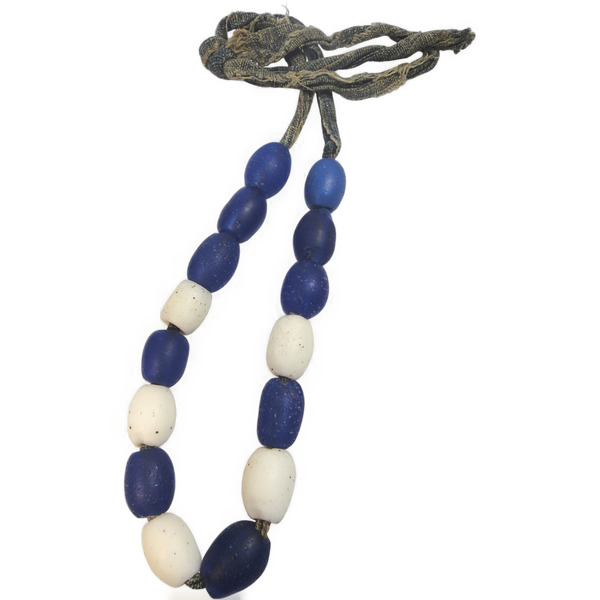
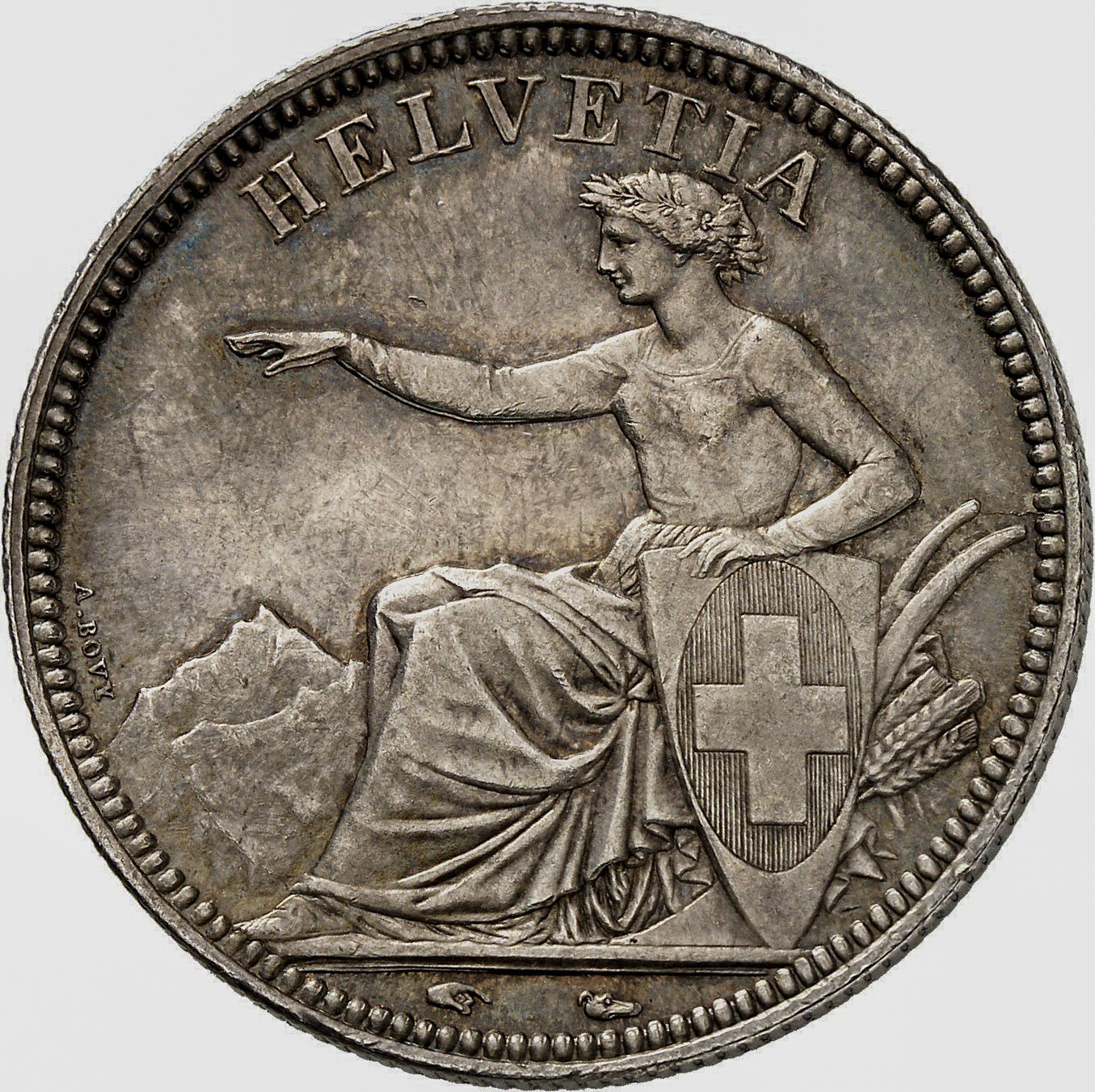
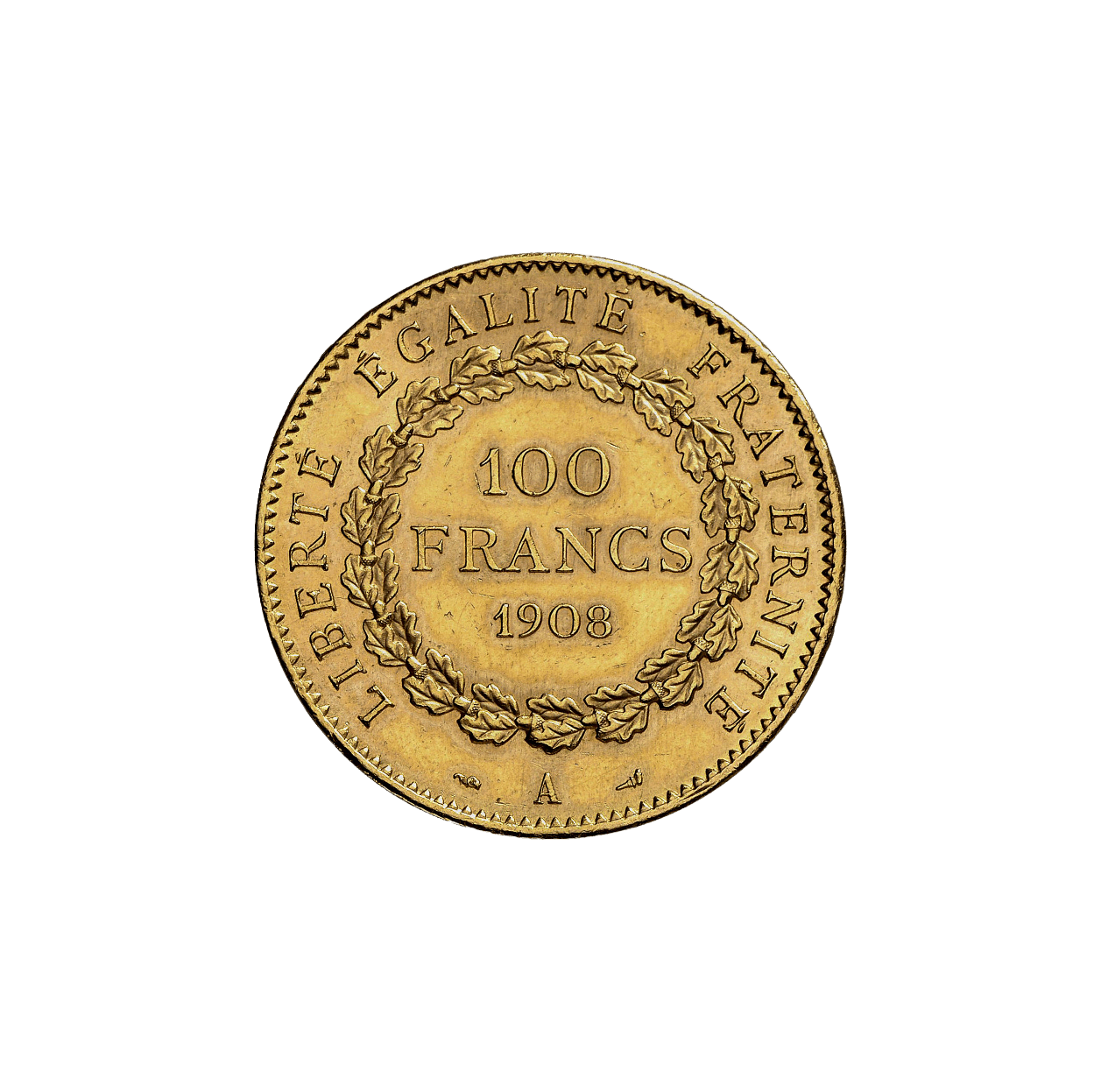
Money and Time explained
Genesis of modern money
For centuries, the early forms of money remained secondary as the provisioning of life’s necessities was based on self-sufficiency, or by the distribution of goods by the powerful. That changed in the course of the 16th century with the emergence of the capitalist economy. In this system, the entire provisioning of society depends on money.
Growth
In a society where people depend primarily on money for their livelihoods, they have to get more money for what they do than they expend on doing it. This necessity alone drives the inexorable compulsion of money to become more money.
Rich and Poor
More money, more prosperity for all: This promise, seemingly inherent in money, is not being fulfilled. Even if an occasional pauper strikes it rich, overall, as time goes by, the poor grow poorer and the rich richer. Money’s continuing usage is based on its function as capital: the more money that’s invested, the more it can yield.

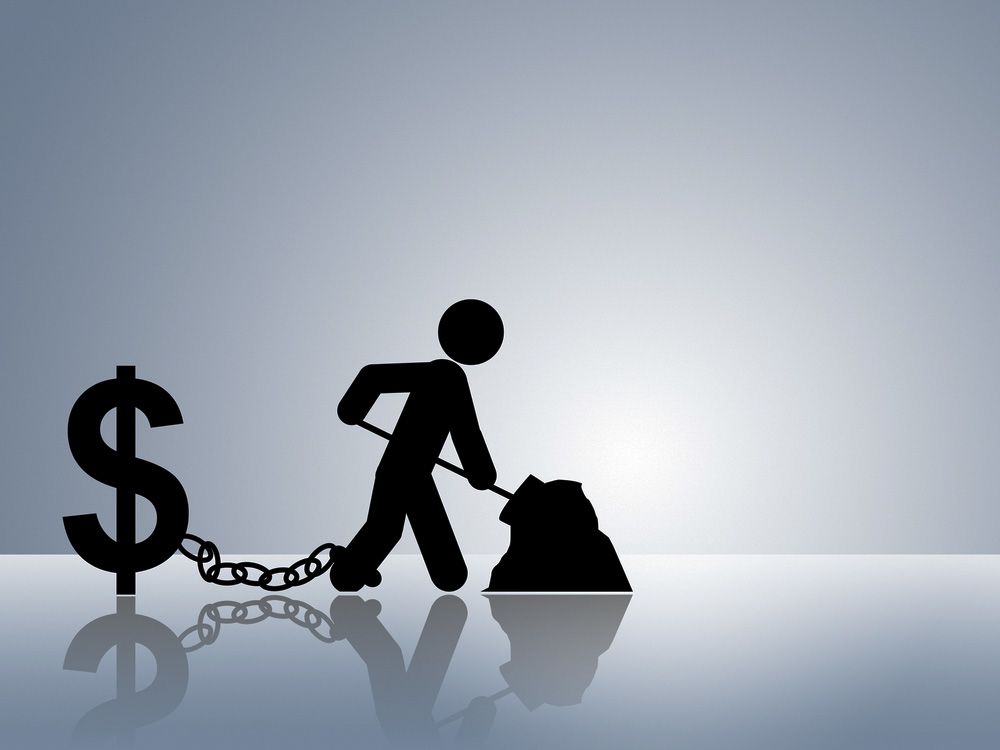
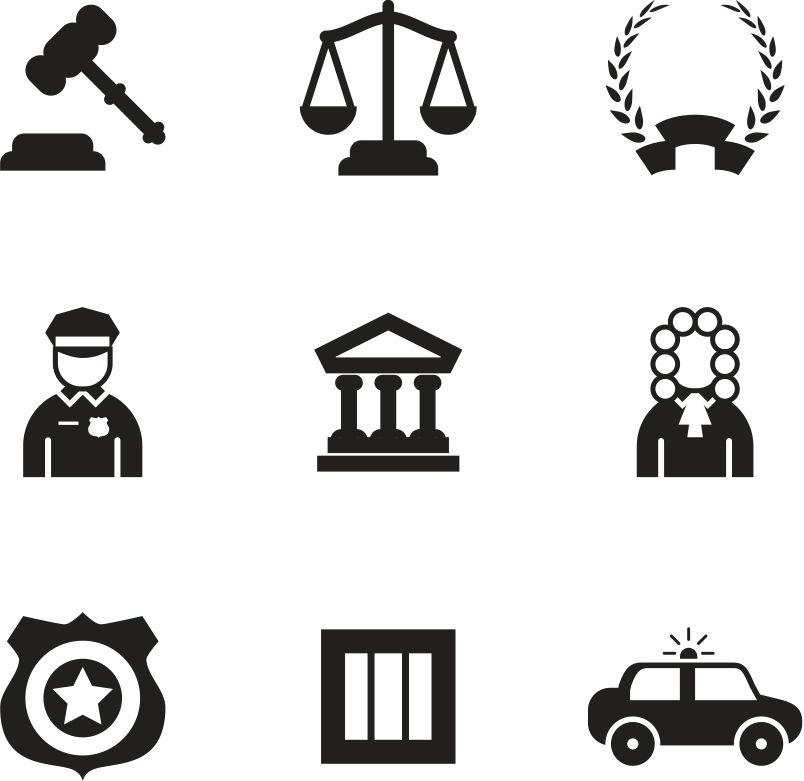
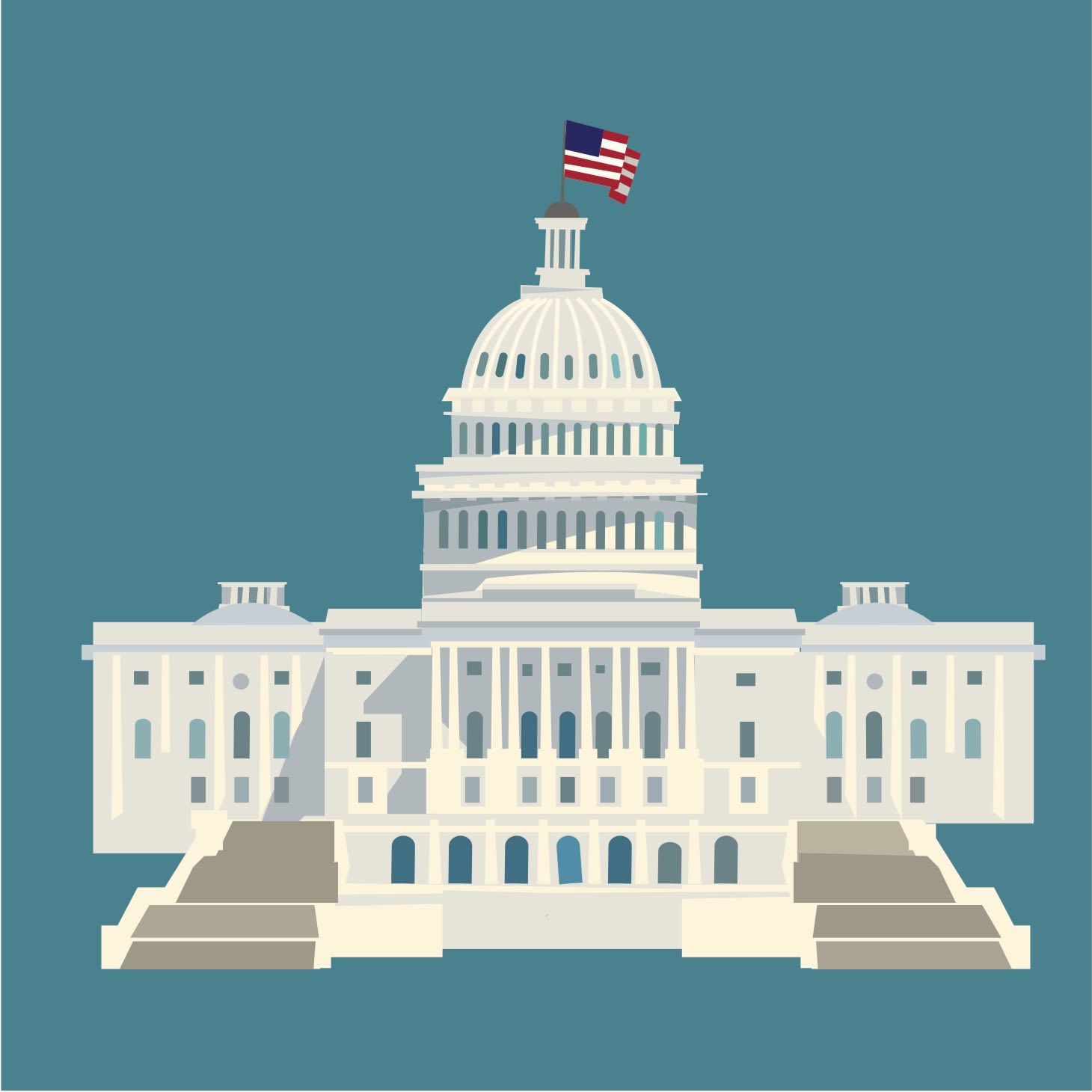
Money and Power explained
Property
Property doesn’t fundamentally mean the exclusion of others. There are inclusive and exclusive forms of ownership, with very different consequences for people’s interactions with each other and with nature. Our money imposes a private ownership that rigorously excludes everyone from everything they haven’t paid money for.
Command
All over the world people are compelled to sell something in order to get money that they need for living. Basically what most people have to sell is their labour and this is put to use to produce merchandise. Where things are produced in this way, those who buy with money appropriate control over the work of the others.
The State
No coin, no bill, no number on an account can force anyone to use them as money. It is governments that impose and maintain this compulsion. The states themselves depend on money, and want as much of it as possible to be generated in their own currency.
Money and Relationship
Individual
Money benchmarks everyone as an individual owner of money, and at the same time it positions the individual within the anonymous universe of all other people as money owners. This abstract reference forms a distinct instance of the “I” in everyone as a conceptually pure form of self. Accordingly the “I” as a psychological entity arose only in the modern era, under the reign of money.
Society
Every person must make or do something so that others will give him money. But he doesn’t exert himself for them because he knows them, and they don’t pay him money because they want to contribute to his livelihood; rather everyone seeks his own ways of coming into money. A group so formed is not a community but an interrelation determined by money.
The World as Environment
With the advent of modern capitalistic money, the world becomes an environment. The self-referential monetized individual sees itself as a singular interior element surrounded by an all-encompassing exterior. And so it is that monetized individuals regards the world as a mere externality, as if they themselves would not belong to it.
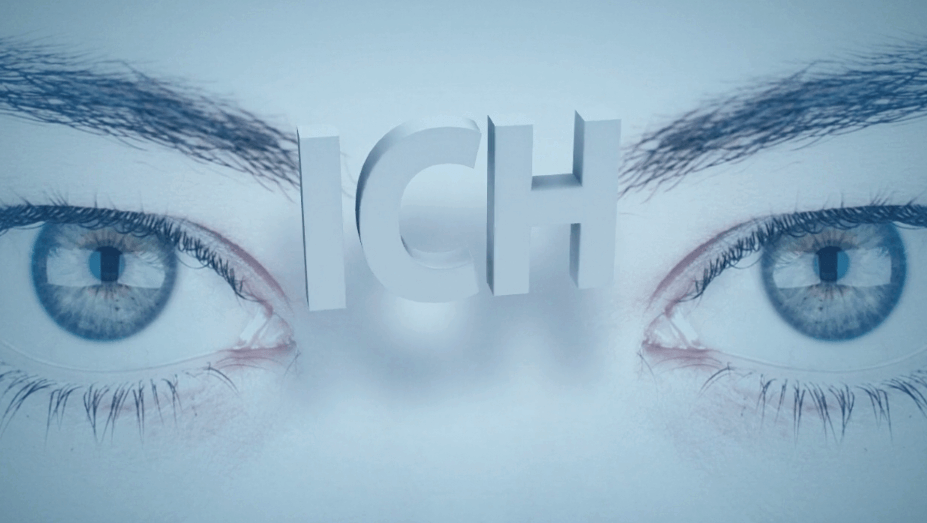
Eske Bockelmann explains it best and he does it in just seven minutes, at the link: snips.ly/thoughtform

Money as Thought Form explained
Function and progress
Money requires everyone to think of goods as both the respective thing itself and its monetary value, that is, purely quantitatively. This results in a way of thinking which also induces a new way of calculating. Unlike all earlier forms of mathematics, this new form deals with pure numbers, calculating mathematical function.
Subject/Object
Prompted by the money-mediated society, the notion arises of a world split into subject and object. Descartes was the first to formulate this then-new notion at the beginning of the 17th century. It implies the world is split into the determining, money, as subject and that which it determines, the commodity, as object.
Thought reflexes
Just as we can buy anything and everything with money, we also view and judge anything and everything in the form it acquires through money: as a value among values. We think in terms of purely quantitative value even when we’re not involved with money-related things. This way of thinking is effective in many possible applications.



Money and Exchange explained
Gifts
Because money functions as exchange medium today, it is generally thought to have originated in barter transactions – mistakenly. In communities that have no money in the modern sense, the presentation of gifts is crucially important. The gifts are not swaps; rather, along with other customs, they confirm and reaffirm a basic bond people have with one another.
Purchasing
Buying changes ownership of money and goods from one person to another. If the trade is completed, every obligation between the participants is fulfilled and, so, the interaction ends. Buying replaces the all-encompassing social bond with one single obligation: to pay something to someone. Thus buying is both obligatory liquidation and the liquidation of the obligation.
Market
Long before “the market” became a byword, there were only local markets, strictly limited in terms of time and in their range of goods. A coherent market with a common pricing structure only emerges towards the end of the 16th century in Europe. This development gave the market economy its name and coincided with the transformation of money into the universal medium of exchange.
Beyond Money explained
«Good» Money
Most considerations about the difficulties that money provokes are directed to the money itself: money should be crisis-free. Accordingly, in their thoughts they construct a kind of money that ignores certain disadvantages and limits itself to its benefits. Other approaches use alternative forms of money circulation, underneath the reign of world money, that deviate in tangible ways from its logic.
Commoning
The commons movement counters money-mediated provisioning with collective participation in the activities and basic concerns of provisioning such as ownership. The movement’s core conviction is that, to avoid money’s built-in constraints, only the community can decide on its common endeavours.
oikos, modern
What the people live from and how they distribute it ought to be organised fundamentally differently than it is with money. And if highly segmented divisions of labour shall persist, a return to older forms of subsistence can be excluded. The extremely elevated capacity of people pressured by money to produce more with less effort and to distribute their products more precisely than ever would doubtless be useful – just organized differently than it is with money.
